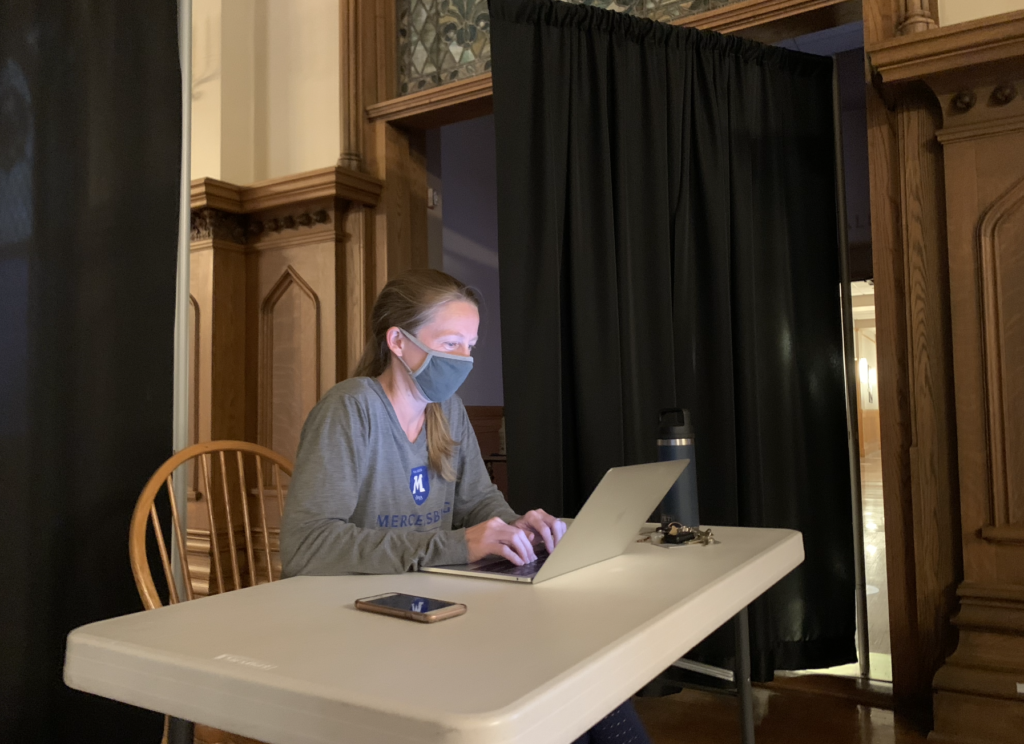Julia Mills ’22
Returning students may recall a schedule which included seated meals, six classes per day, and a rotating (sometimes unpredictable) schedule. This school year, due to the COVID-19 pandemic, decisions were made to limit arrivals on campus. This risk mitigation resulted in a schedule that lowers exposure but condenses classes. Next year, however, will look different. A faculty scheduling committee congregated to tackle the looming question: “What should next year look like?”
Earlier in the year, a survey was sent out to students, parents, and faculty regarding the current schedule. Unsurprisingly, the feedback came back with mixed results. According to Academic Dean Jennifer Smith, there were definite concerns with this year’s schedule: “The fast pace of the classes makes it difficult to catch up if you get behind in a class, and has made classes more difficult for some of our students.”

Smith added, “Faculty teach either one or two classes per term. Teaching two classes in our current schedule, especially if they are also coaching in the same term, has been a significant increase in workload compared to a normal year, which means less time that teachers have for planning, grading, or meeting with students.”
Many students found both faults and benefits with the current schedule. Monique Garcia ’23 was rather uneasy. “My opinion on this year’s schedule 100% depended on the term and the classes I was assigned,” Garcia said. Kayleigh Linn ’23 also expressed a mixed perspective, saying that she enjoyed the extra free time, but felt that as a day student, she had too much time to kill and nowhere comfortable to go.
Additionally, Smith and math teacher Sarah Bozzi, another member of the committee, attended a scheduling conference for private schools. Smith says, “One of the messages from that conference is that every schedule is a compromise, which was something that we kept in mind as we worked on the new schedule.”
Based on its research, the committee made the decision to return to year-long classes based on a two-week rotating schedule. However, the school will not return to the six-rotation schedule. Smith states, “We prioritized having fewer classes to prepare for each day, which was something that was a clear benefit from the schedule this year.” In this way, the new plan will combine the recent schedules, reinforcing Smith’s idea that “every schedule is a compromise.”
Bozzi mentioned that this new layout will allow more time for club meetings and specific blocks for socializing. Traditional family-style lunches will also make a reappearance, as well as semi-formal Monday night dinners. Bozzi notes that more free time will appear between classes and PGA. Best of all, the entire student body will have a sleep-in on Wednesday mornings!

